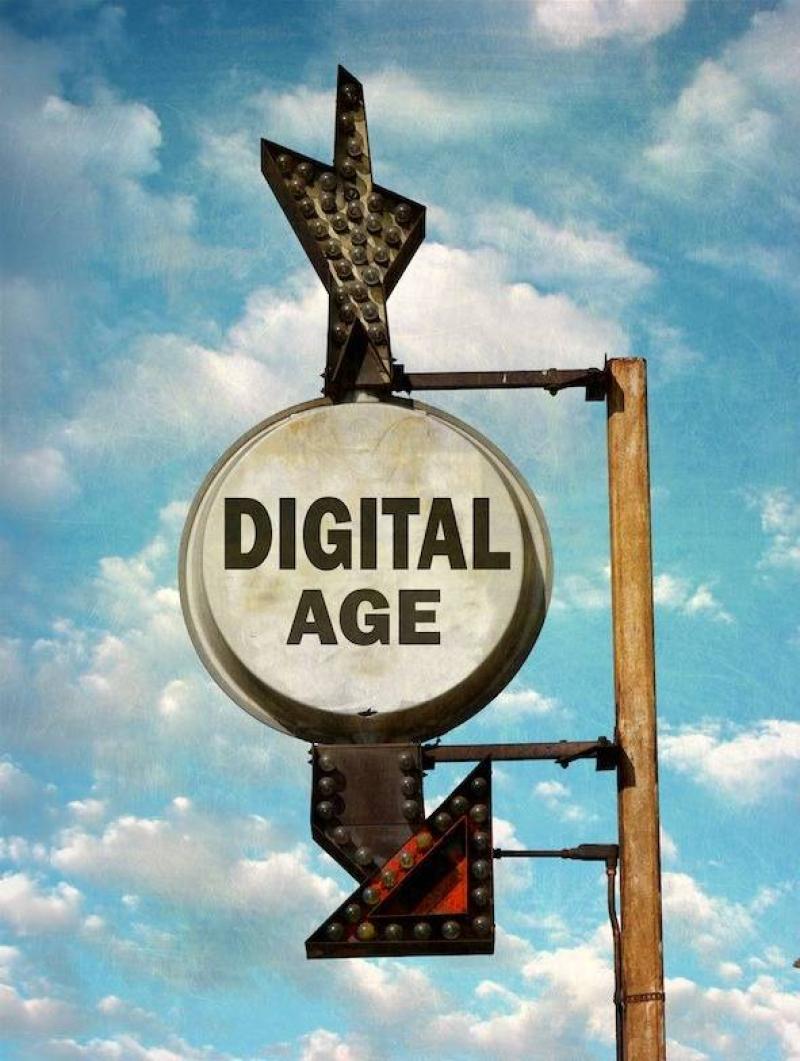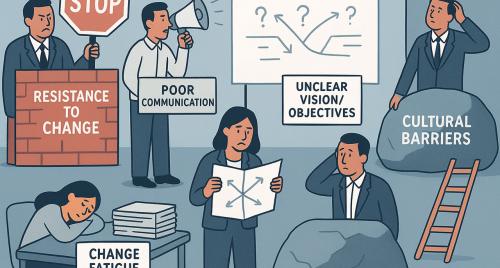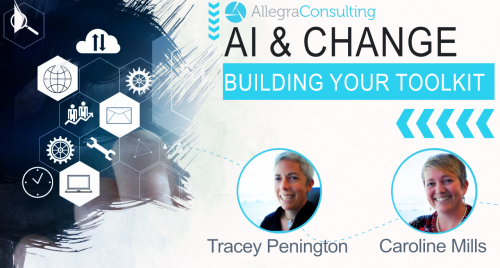
Did you know it took 13 years for television to reach 50 million users? It took only 4 years for 50 million people to use the iPod and only 9 months for 50 million people to use Twitter! The proof is in the adoption rates - technologies keep getting better, and we are learning to adapt to them quickly.
Not only is technology improving at great speed, end-users expectations are also changing – all the time. This creates an ever-evolving situation with no endpoint or finish line in sight. When embarking on your digital transformation journey, you can no longer just implement the latest technology, and then sit back and say okay, let’s get on with business as usual.
Digital transformation may be at the forefront of the minds in C-suites across Australia; however, keen observers suggest there is some way to go for successful digital transformation to occur. Executives often want to see change happen rapidly. New technology is implemented, and the expectation is for immediate transformation. When it becomes clear that things are not working, it is easy for them to blame the technology. But more often than not, it is people not using the technology correctly. It is crucial to recognise that people are still a vital piece connecting all systems. Digital transformation will not work if you just focus on the tools.
Change management is key to digital transformation
This is where change management becomes key to digital transformation. To understand why, it is important to distinguish between change management and digital transformation.
Digital transformation is the process of integrating digital technology across an organisation fundamentally changing how you operate and deliver value. And this transformation can impact technology, culture, ways of working and more.
There are many definitions of change management, but one that I like is the ‘discipline that guides how we prepare, equip and support individuals to successfully adopt change in order to enable organisational success and outcomes’. The scope of change management stretches beyond digital transformation because it includes – cultural change, structural change, process change, workflow change, and changes to products and services.
Digital transformation results in a number of organisational changes, including those listed above. Let’s take a look at an example.
A company chooses to implement new software to digitise and automate electronic contracts and agreements. This can involve workplace changes, such as:
- Training and development – employees will need to learn the system from scratch
- Implementing ‘new ways of working’ and abandoning old habits and ways of doing things
- Meeting performance expectations with this new technology
And this digitisation and automation may also involve structural changes within specific departments. This example shows that the successful adoption of new technology is only possible with effective change management.
The human element is key
When it comes to change it is not just about following a framework, the critical element is managing the people side of change - specifically employee engagement and adoption. While all these new digital tools and technology give organisations incredible capability, the benefits will not be harnessed if its people do not adopt them.
Key ways to engage and drive employee adoption:
- Develop a targeted communication plan with tailored messages for different impacted groups
- Engage and involve employees early on
- Generate excitement about the possibilities - what if the digital tool we employ takes on the mundane tasks, allowing humans to work on meaningful, higher-level roles which bring about satisfaction and an increase in overall wellbeing?
- Answer the crucial question – What is in it for me?
- Get the narrative right – why is the change happening? And what is the risk of not changing? The answer may seem fairly obvious when dealing with digital transformation; however, it is imperative to get the messaging right because it will mean different things for different people.
Employee wellbeing is another critical element to add to the mix. Monitoring and supporting employee wellbeing make a huge difference to the success of the change program. Employees who perceive digital transformation as a threat to their current roles may either consciously or subconsciously resist the changes. Digital transformation is about optimising the workplace to benefit employees and clients alike – careful communication and positioning of this is required to gain employee buy-in and adoption.
The key for successful digital transformation across an organisation lies in how the change is managed, with people being the focal point every step of the way.







